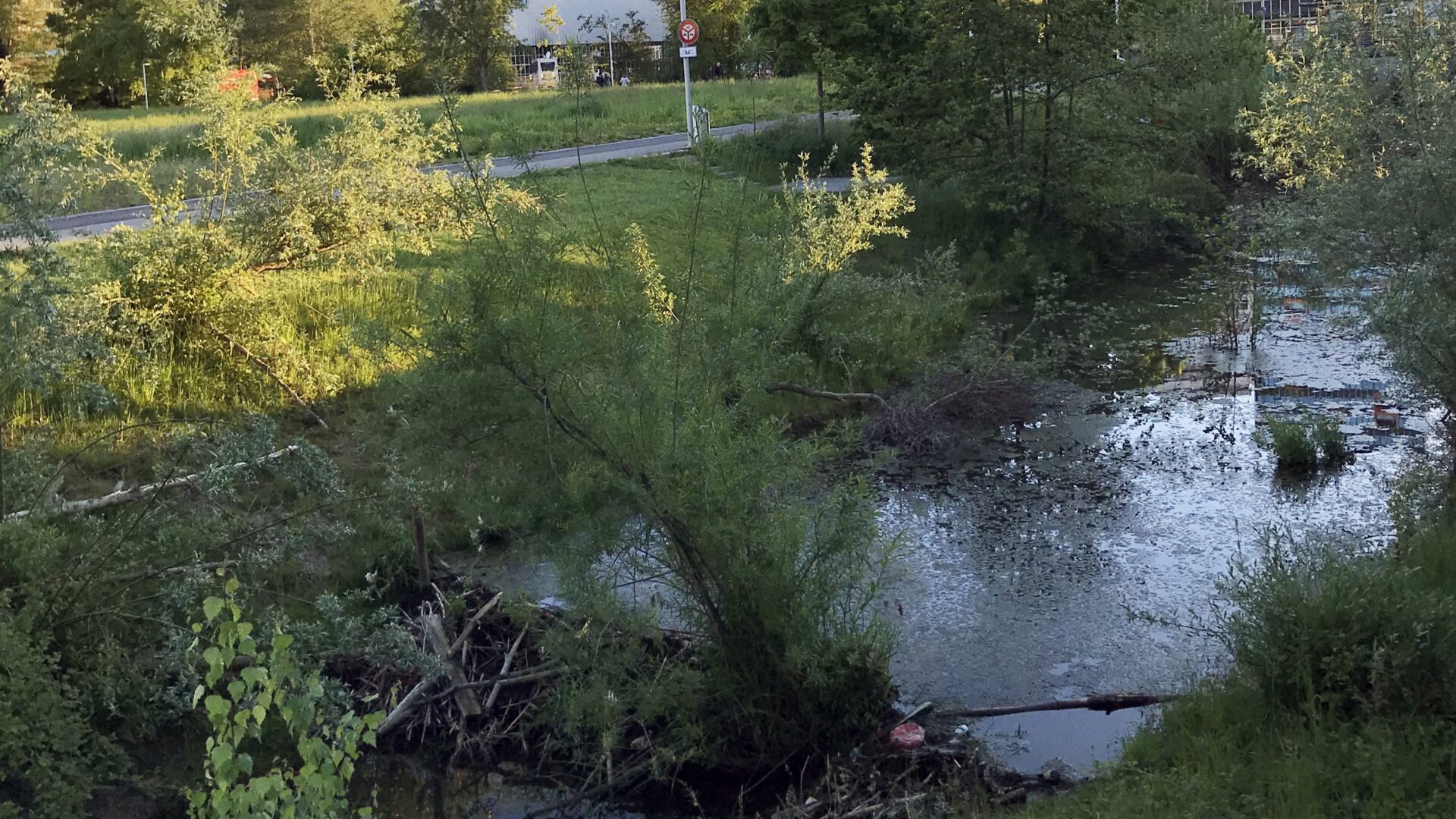What happens with your fresh wound when it becomes infected and no antibiotic is available or effective? One solution might come from natural plant extracts that show antimicrobial and specific wound healing effects after being activated by sunlight.
Antibiotics – not effective or not available
For thousands of years, infected wounds were common, and many of those bacterial infections ended deadly. While ancient civilizations may have used plant extracts or moulds to treat infections, a lot of this traditional knowledge has been lost after the discovery of penicillin. Due to over and misuse of antibiotics, many bacteria have now become resistant and are difficult to fight while current efforts of the pharmaceutical industry to develop new antimicrobial treatment modalities are slow and inadequate.
On the other hand, in poorer regions of the world with limited access to adequate health care, antibiotics might not be readily available and devastating skin wound infections are still common. The dismal consequences of this situation often lead to a vicious cycle of long-term medical issues and economic decline (disabilities, extra health costs).
Finding an affordable and sustainable treatment option for bacterial infections of wounds could therefore offer a solution for both worlds and problems.
New photodynamic approach as alternative to antibiotics
In conventional photodynamic therapy (PDT), LED or laser light activates a synthetic photo-sensitive drug, resulting in the damage of vital cellular molecules. While this treatment regime has mainly been used to successfully destroy cancer cells, its antimicrobial potential has been largely neglected until the rising threat of antibiotic resistance.
In this basic and applied research project, an alternative approach to conventional PDT will exploit the potential of daylight to activate light-sensitive herbal compounds. With a special focus on the development of antibiotic-free effective and cheap treatment concepts for infected wounds, the project team will identify and characterize suitable plant extracts, assess their therapeutic usefulness, and establish first preclinical daylight-based protocols.
The international project team around Caroline Maake, Caroline Weckerle from the University of Zurich and Michael Heinrich from the University College London combines expertise from medicine, medical photobiology, ethnobotany, phytochemistry, pharmacology, medical anthropology.
In a parallel project (funded by the r4d programme of the SNSF), the project team will conduct collaborative research to document and investigate traditional medical practices. Involving indigenous medical experts and relevant institutions in Guatemala, Peru and Switzerland, it will create a transdisciplinary stakeholder platform as a basis for implementing culturally pertinent health services. This will enable mutual learning and offers an excellent opportunity to transfer an extended knowledge gained on light-sensitive plant extracts and their potential for healing of infected wounds. This approach to knowledge transfer will be complemented by disseminating the findings to professional associations and writing guidelines and recommendations for the advancement of PDT with daylight.
 Share
Share



